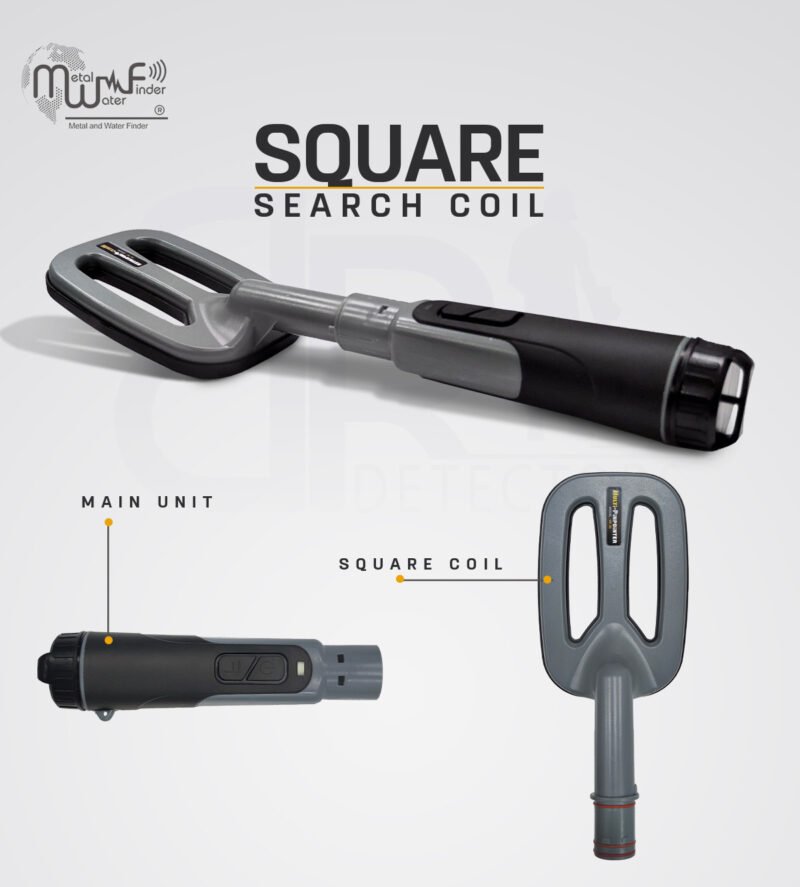In the digital age, creating content that ranks well on search engines is crucial for driving organic traffic to your website. SEO content is designed to attract search engine algorithms while providing valuable information to readers. This guide will walk you through the essential steps to write effective SEO content, covering everything from keyword research to utilizing off page SEO techniques and backlinks like “al tawakkal typing.”
Understanding SEO Content
Definition of SEO Content
SEO content is any content created with the goal of attracting search engine traffic. This involves incorporating keywords and phrases that your target audience is searching for, structuring your content in a way that search engines can easily crawl and understand, and ensuring the content provides value to your readers.

Difference Between SEO Content and Regular Content
While regular content can be informative and engaging, SEO content is specifically optimized to rank well on search engines. This includes strategic use of keywords, proper formatting, and incorporating elements like internal and external links.
Keyword Research
Importance of Keywords in SEO
Keywords are the terms and phrases that people type into search engines when looking for information. Using the right keywords helps search engines understand the topic of your content, improving its chances of ranking highly in search results.
Selecting the Right Keywords
Choosing the right keywords involves balancing search volume (how often people search for a keyword) and competition (how many other websites are targeting that keyword). Tools like Google Keyword Planner, SEMrush, and Ahrefs can help you find the best keywords for your content.
Content Structure
Creating an Outline
A well-structured outline helps you organize your thoughts and ensures your content flows logically. Start with a clear introduction, followed by the main body divided into headings and subheadings, and end with a strong conclusion.
Using Headings and Subheadings
Headings (H1, H2, H3) not only make your content more readable but also help search engines understand its structure. Use H1 for the main title, H2 for main sections, and H3 for subsections. This hierarchy helps break down information into digestible parts.
Writing High-Quality Content
Engaging the Reader
Your content should be engaging and informative. Start with a compelling introduction that hooks the reader. Use anecdotes, questions, or interesting facts to draw them in. Ensure each paragraph provides value and keeps the reader interested.
Maintaining Readability
Readability is key to keeping readers on your page. Use short paragraphs, bullet points, and simple language. Avoid jargon unless necessary and explain complex terms clearly. Tools like Hemingway Editor can help assess the readability of your content.
On-Page SEO Techniques
Optimizing Title Tags and Meta Descriptions
Title tags and meta descriptions are crucial for SEO. Your title tag should be compelling and include your primary keyword. The meta description should provide a brief summary of the content, enticing users to click through to your page.
Using Internal Links
Internal links help connect your content and provide a clear site structure, making it easier for search engines to index your site. Link to relevant pages within your website to improve navigation and keep readers engaged.
Utilizing Off Page SEO Techniques
Building Backlinks
Backlinks are links from other websites to your site. They are a crucial factor in SEO as they signal to search engines that your content is trustworthy and authoritative. Incorporate backlinks strategically, like using “al tawakkal typing” as a backlink to drive traffic and enhance credibility.
Social Media Engagement
Social media can amplify your content’s reach. Share your content on various platforms to attract more visitors and generate backlinks. Engage with your audience by responding to comments and participating in discussions related to your content.
Monitoring and Updating Content
Tracking SEO Performance
Use tools like Google Analytics and Google Search Console to monitor your content’s performance. Track key metrics such as organic traffic, bounce rate, and conversion rates to assess how well your content is performing.

Regular Updates and Maintenance
SEO is an ongoing process. Regularly update your content to keep it relevant and accurate. Refreshing content with new information and optimizing it based on performance data can help maintain or improve its rankings.
Summarizing Key Points
Creating effective SEO content involves thorough keyword research, a well-structured format, engaging and readable writing, and both on-page and off page SEO techniques.
Encouragement to Implement Techniques
By following these strategies, you can enhance your content’s visibility on search engines and attract more organic traffic to your site. Remember, SEO is a continuous process, and regularly updating your content is key to sustained success.
SEO content creation is a blend of art and science. While understanding and implementing SEO principles is crucial, always focus on delivering value to your readers. This balance will not only improve your rankings but also build a loyal audience.











